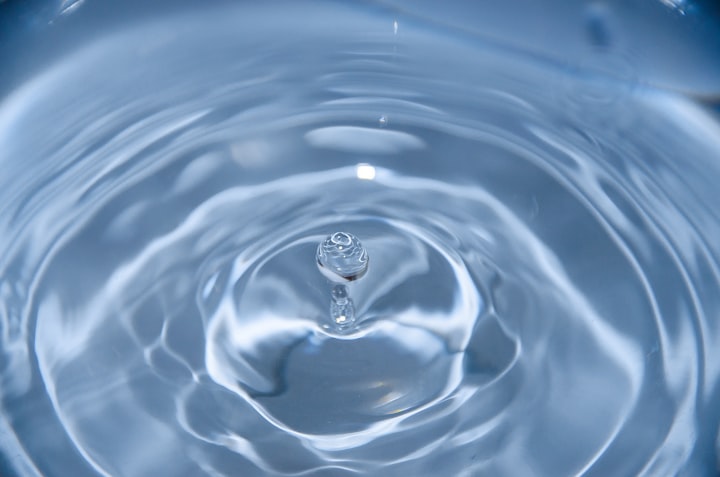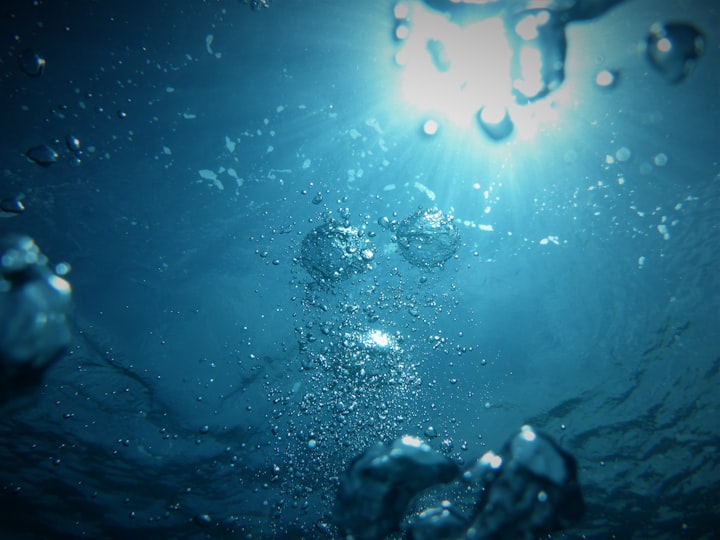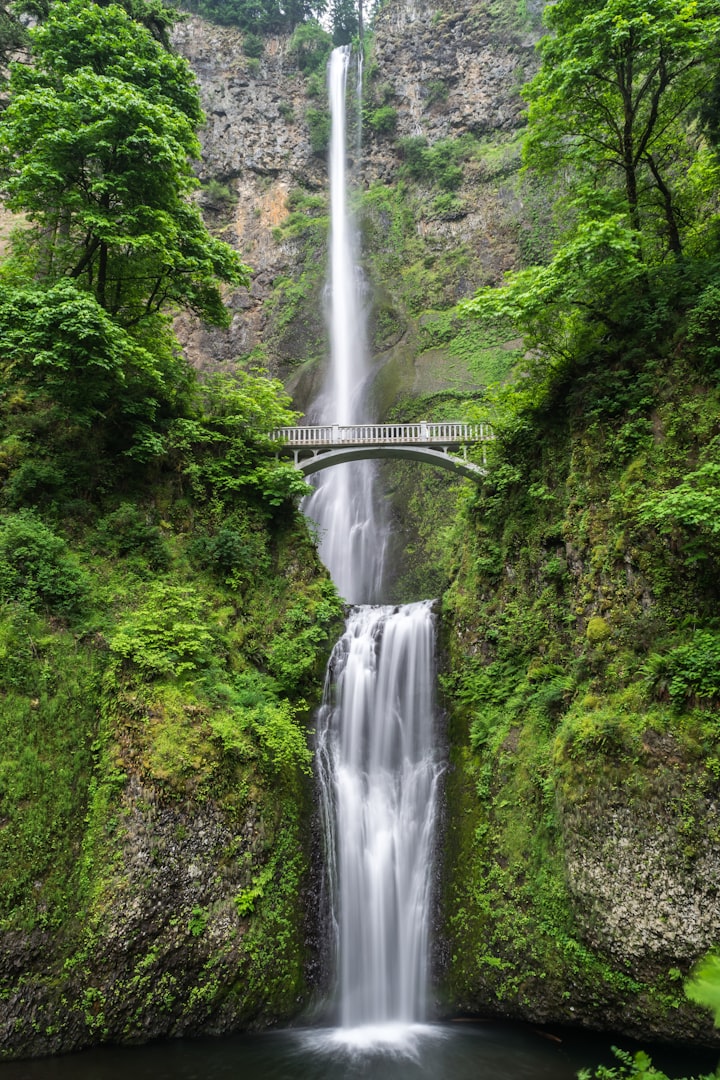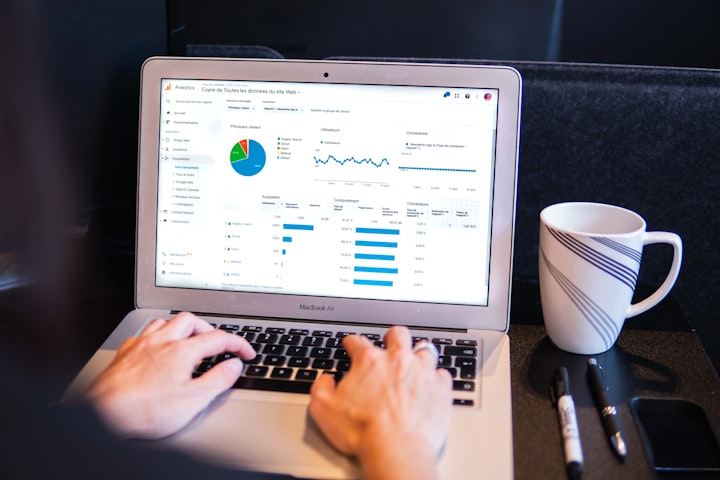Water Liberty Guide Review
Fresh and Clean Water Supply.

Water is essential for survival and maintaining good health, but access to clean and safe water can be a challenge for many people. The Water Liberty Guide is a comprehensive resource that provides information on how to purify, store, and conserve water in any situation.
One of the key components of the Water Liberty Guide is its focus on water purification methods. The guide covers a wide range of techniques, including filtration, chemical treatment, ultraviolet light treatment, and boiling. It also provides information on the pros and cons of each method, as well as instructions on how to properly use them.Water purification using natural methods is a way to make water safe to drink without the use of chemicals or electricity. These methods rely on the natural properties of the environment to remove impurities and make water safe for consumption.
To get the link to this excellent guide click here.
One of the most common natural methods of water purification is filtration. This can be done by using natural materials such as sand, gravel, and charcoal to remove impurities from the water. The water is poured through the filter, which captures and removes particles such as dirt, debris, and microorganisms.
Another natural method of water purification is solar disinfection. This method uses the power of the sun to kill microorganisms in the water. The water is placed in a clear container and left in the sun for several hours, allowing the UV rays to kill any harmful organisms.
Boiling is also a popular natural method of water purification. By bringing water to a rolling boil for at least 1 minute, harmful microorganisms and bacteria are killed, making the water safe to drink.
Another natural method is using plants to purify water. Some plants such as the water hyacinth, cattail and reed grass have been known to remove pollutants and impurities from the water.
Lastly, using natural minerals such as clay, alum and lime can also purify water. These minerals can be used to coagulate and settle out impurities, making the water clearer and safer to drink.
To get the link to this excellent guide click here.
Another important aspect of the guide is its emphasis on water storage. The guide provides information on the different types of containers that are suitable for storing water, as well as how to properly clean and maintain them. It also covers the importance of rotating your stored water and the recommended shelf life of stored water.

In addition to purification and storage, the Water Liberty Guide also covers water conservation techniques. These include simple steps such as fixing leaks, using low-flow showerheads and toilets, and collecting rainwater. It also provides information on greywater recycling, which is a way to reuse household water for non-potable purposes such as irrigation.
To get the link to this excellent guide click here.
One of the highlights of the Water Liberty Guide is its emphasis on being prepared for any situation. Whether you're dealing with a natural disaster, a power outage, or a water shortage, the guide provides information on how to access and purify water in an emergency. This includes information on how to find and collect water in the wild, as well as how to purify it using natural methods.

Another highlight of the guide is its comprehensive approach to water safety. It covers important topics such as the dangers of contaminated water and how to test for contaminants. It also provides information on how to protect yourself from waterborne illnesses and how to properly handle and dispose of hazardous materials.
To get the link to this excellent guide click here.
In conclusion, the Water Liberty Guide is a valuable resource for anyone who wants to ensure they have access to clean and safe water in any situation. It covers a wide range of topics, from purification and storage to conservation and emergency preparedness. By following the guidelines in the guide, you can ensure that you and your family have access to the water you need to survive and thrive. Some of the key takeaways from the guide include the importance of having multiple water purification methods, the importance of rotating and testing stored water, and the importance of being prepared for any situation.
To get the link to this excellent guide click here.





Comments
There are no comments for this story
Be the first to respond and start the conversation.